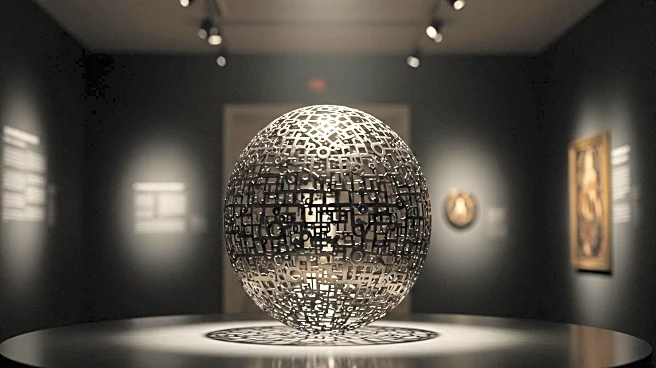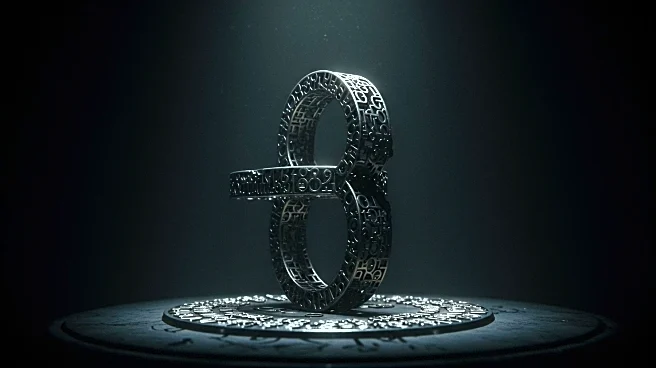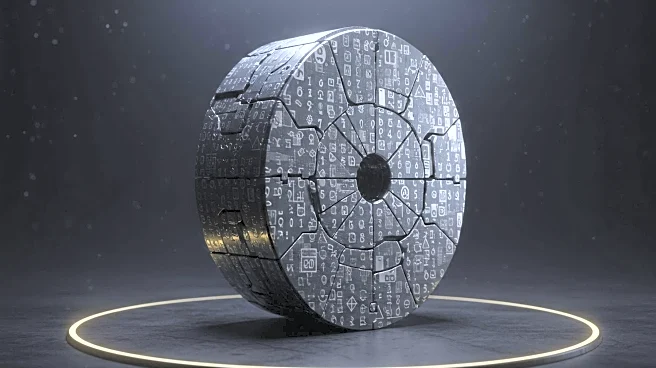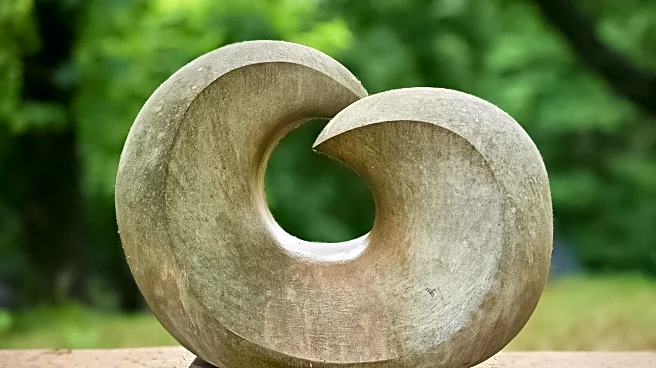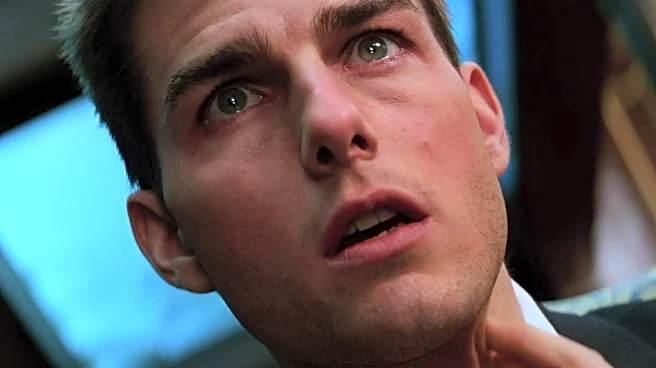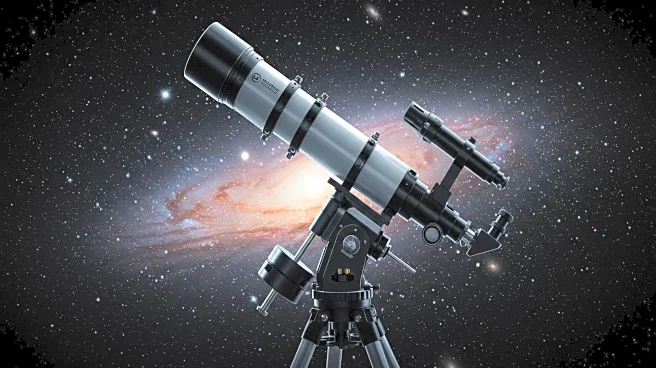What's Happening?
Jim Sanborn, the artist behind the 'Kryptos' sculpture at the CIA headquarters, is set to auction the solution to the sculpture's final unsolved code, known as K4. The auction, scheduled for November, coincides with Sanborn's 80th birthday. The 'Kryptos' sculpture, installed in 1990, features a series of encrypted messages, three of which have been solved. The fourth message, K4, remains unsolved and has captivated a global community of codebreakers. Sanborn has decided to sell the solution due to his inability to maintain the code and his other projects. The auction will include the original handwritten plain text of the K4 code and other related documents, with proceeds partially benefiting programs for the disabled.
Why It's Important?
The auction of the 'Kryptos' code is significant as it represents a rare opportunity for cryptography enthusiasts and collectors to own a piece of cryptographic history. The sculpture has been a focal point for codebreakers and has contributed to the cultural and intellectual intrigue surrounding cryptography. The sale could potentially end the decades-long mystery, impacting the community of solvers who have dedicated years to deciphering the code. Additionally, the auction highlights the intersection of art, cryptography, and public interest, showcasing how art can engage and challenge audiences over extended periods.
What's Next?
The auction, managed by RR Auction, will take place on November 20, with expectations that the solution could sell for between $300,000 and $500,000. The outcome of the auction may influence the future of the 'Kryptos' community, as the new owner of the code could choose to reveal or withhold the solution. This decision will likely affect ongoing efforts to solve the code and could shift the focus of cryptography enthusiasts to other unsolved mysteries. The auction also raises questions about the ethical considerations of privatizing such a culturally significant secret.
Beyond the Headlines
The decision to auction the 'Kryptos' code touches on broader themes of secrecy, ownership, and the role of art in public discourse. The sculpture, commissioned to soften the CIA's image, has become a symbol of the agency's complex relationship with secrecy and public perception. The auction underscores the tension between public interest and private ownership of cultural artifacts, prompting discussions about the responsibilities of art custodianship and the value of shared knowledge.
